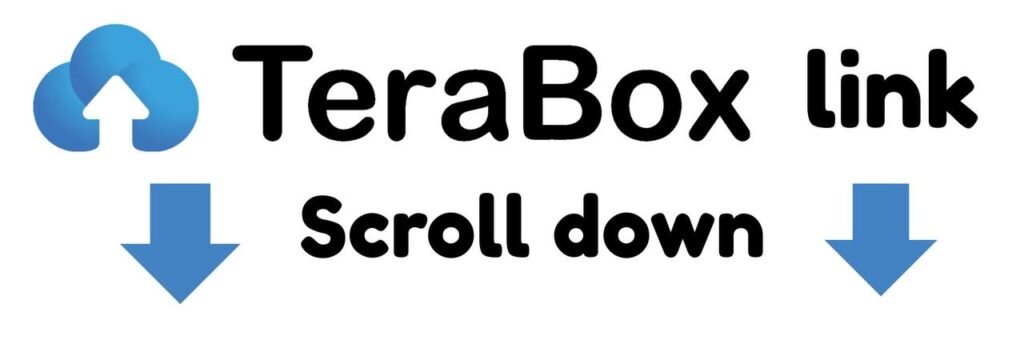
When the stock market turns volatile, investors often face a dilemma—should they invest a lumpsum amount at once or opt for a Systematic Investment Plan (SIP)? While both strategies can help build wealth over time, the right choice during market fluctuations can significantly affect your returns.
In this article, we’ll break down SIP and lumpsum investing, compare their advantages and disadvantages in volatile markets, and help you decide which method suits your financial goals best.
📌 What is SIP?
A Systematic Investment Plan (SIP) is a disciplined investment method where you invest a fixed amount at regular intervals (monthly or quarterly) in mutual funds or ETFs.
✅ Key Features of SIP:
- Fixed periodic investment
- Encourages regular saving
- Ideal for salaried individuals
- Helps in rupee cost averaging
📌 What is Lumpsum Investment?
A lumpsum investment is when you invest a large amount of money in one go, rather than spreading it over time.
✅ Key Features of Lumpsum:
- One-time investment
- Suitable for people with large funds (e.g., bonus, inheritance)
- Can benefit from sudden market upswings
📊 SIP vs Lumpsum: Key Differences
| Feature | SIP | Lumpsum |
|---|---|---|
| Investment Frequency | Monthly/Quarterly | One-time |
| Best for | Volatile & long-term markets | Stable or rising markets |
| Risk Exposure | Lower (due to averaging) | Higher (market timing risk) |
| Suitable for | Regular income earners | Investors with surplus funds |
| Volatility Management | Effective | Riskier |
💹 Why SIP is Better in a Volatile Market
1. Rupee Cost Averaging
In a volatile market, prices fluctuate frequently. SIP helps you buy more units when prices are low and fewer units when prices are high, reducing the average cost over time.
Example:
If you invest ₹5,000 every month and the NAV of the fund drops, you buy more units. When it rises, you buy fewer units—helping you average out your purchase cost.
2. Reduces Timing Risk
It’s nearly impossible to perfectly time the market. SIP removes the stress of deciding when to invest, as your money goes in automatically regardless of market conditions.
3. Encourages Discipline
During market downturns, many investors panic and stop investing. SIP automates the process and builds long-term wealth through consistency.
💰 When Lumpsum May Work in Volatile Markets
Although SIP is usually favored in volatility, lumpsum investing can still be effective if done wisely:
1. Buying the Dip
If the market has already corrected significantly, a lumpsum investment could capture a potential rebound.
2. Staggered Lumpsum
Instead of one shot, split your lumpsum into 3–6 parts and invest over a few months. This blends the benefits of SIP and lumpsum.
Pro Tip: Use a STP (Systematic Transfer Plan) to move funds from a liquid fund to an equity fund gradually.
📈 Performance Comparison: SIP vs Lumpsum (Example)
Let’s assume an investor wants to invest ₹1,20,000 over one year.
Scenario A: Lumpsum Investment
- ₹1,20,000 invested in Jan 2022
- NAV at purchase: ₹100
- Units bought: 1,200
- NAV after 1 year: ₹105
- Value: ₹1,26,000
Scenario B: SIP Investment
- ₹10,000 invested every month
- NAV fluctuates: ₹100, ₹95, ₹90, ₹100…
- Average NAV: ₹95
- Total units bought: ~1,263
- NAV after 1 year: ₹105
- Value: ₹1,32,615
👉 Conclusion: SIP bought more units during dips, resulting in higher final value.
🧠 Psychological Benefits of SIP During Volatility
Volatile markets test investors’ emotions. SIP:
- Reduces anxiety by automating decisions
- Prevents impulsive moves like panic selling
- Helps build financial discipline over time
🧐 Which One Should You Choose?
Choose SIP if:
- You want to invest regularly from income
- You want to reduce timing risks
- You’re investing for long-term goals like retirement or children’s education
Choose Lumpsum if:
- You have idle money (bonus, savings)
- The market has seen a major correction
- You are confident in your market outlook
🛠 Hybrid Strategy: Best of Both Worlds
If you have a large amount to invest but are worried about volatility, consider:
- Investing part of it in a lumpsum (after a correction)
- Starting a SIP or STP with the remaining amount
This way, you balance the risk and benefit from both strategies.
📝 Final Thoughts
In a volatile market, SIP is generally the safer and smarter choice for most retail investors due to its averaging effect and psychological comfort. However, a well-timed lumpsum investment can also generate superior returns—if you get the timing right or use a staggered approach.
Ultimately, the best strategy depends on:
- Your risk tolerance
- Investment horizon
- Market outlook
- Availability of funds
🔍 FAQs
Q1. Is SIP risk-free during market volatility?
No, SIP doesn’t eliminate risk—it just manages it better through averaging.
Q2. Can I do SIP with a lumpsum amount?
Yes, you can park the lumpsum in a liquid fund and set up an STP to equity funds.
Q3. What is the ideal SIP duration?
At least 5–10 years for meaningful compounding and risk reduction.